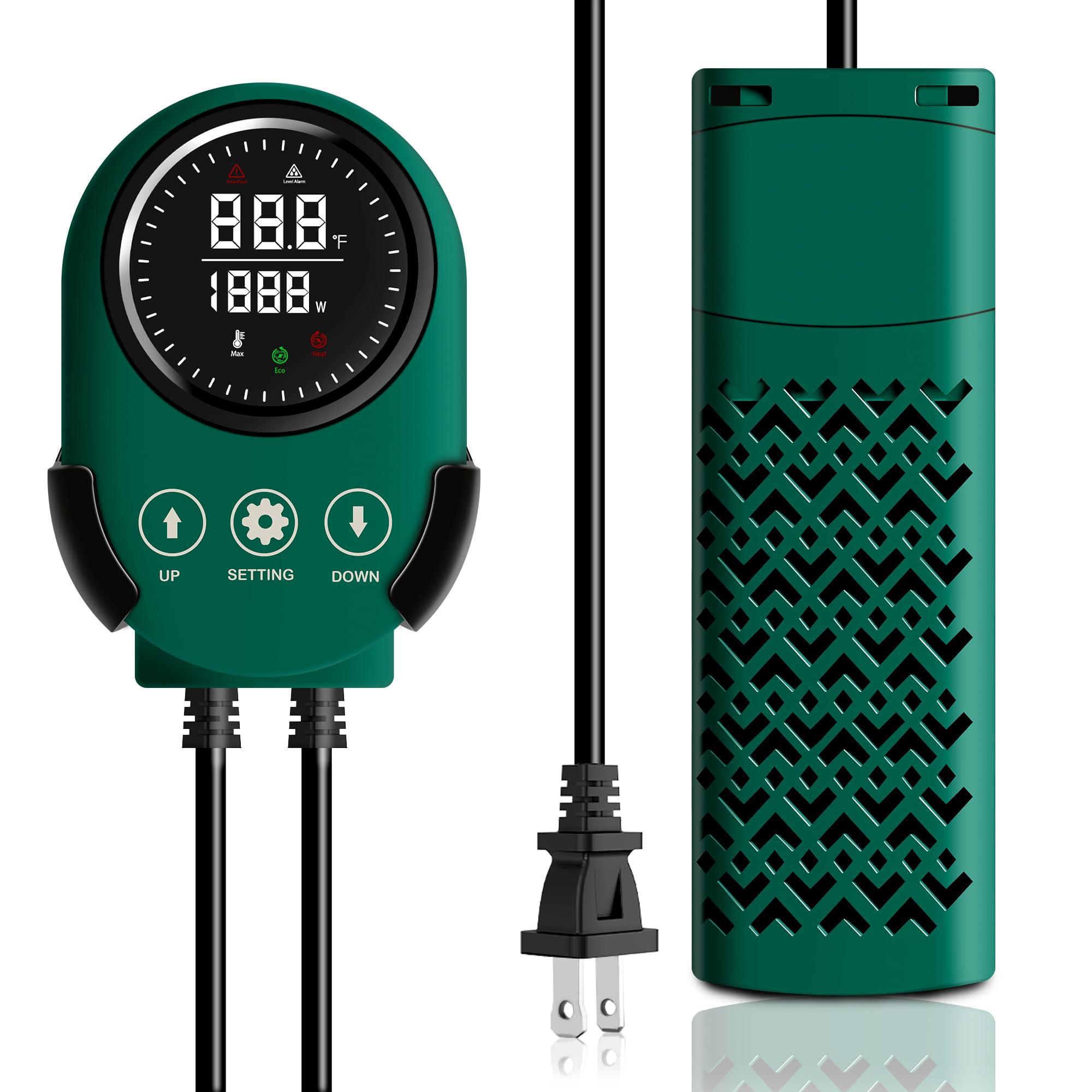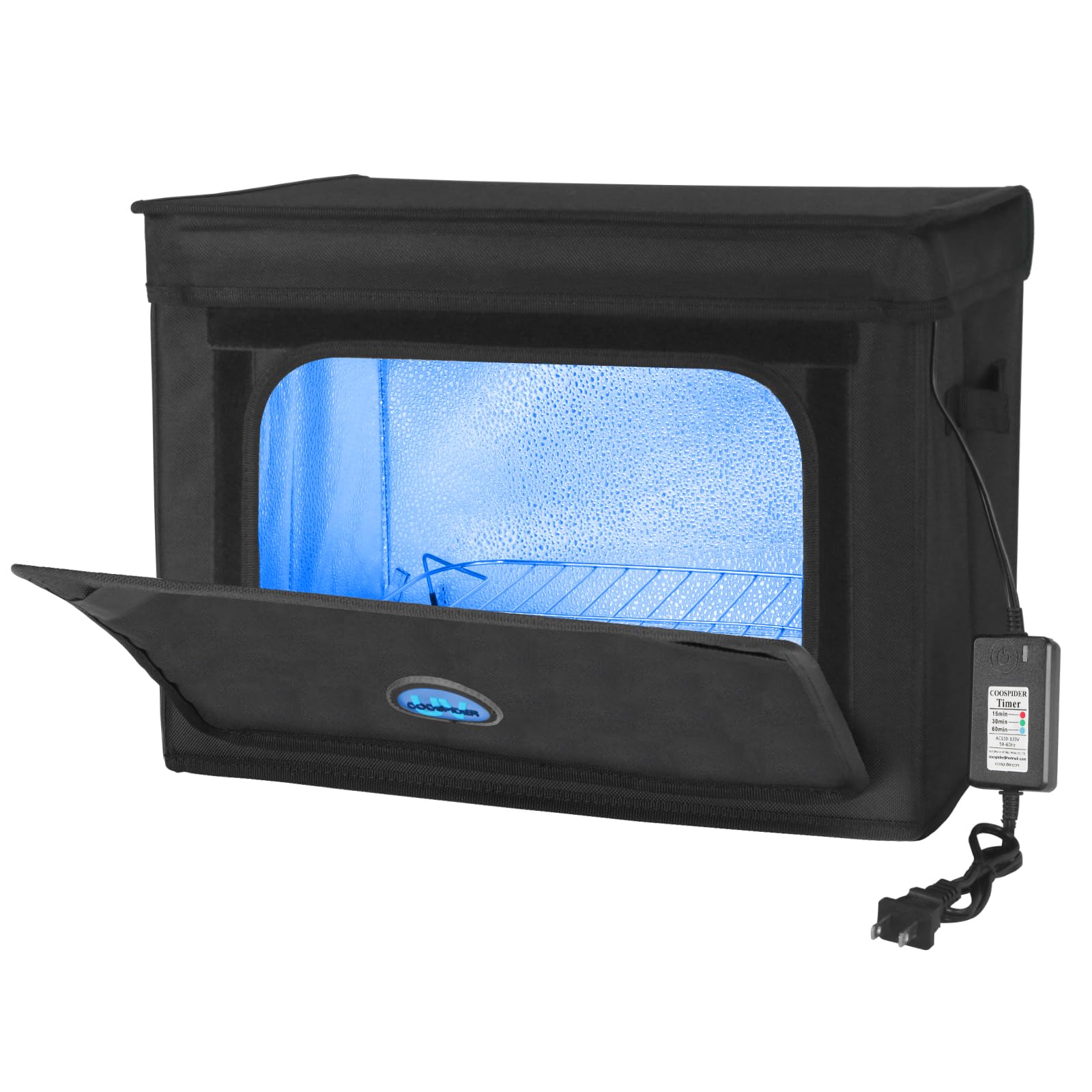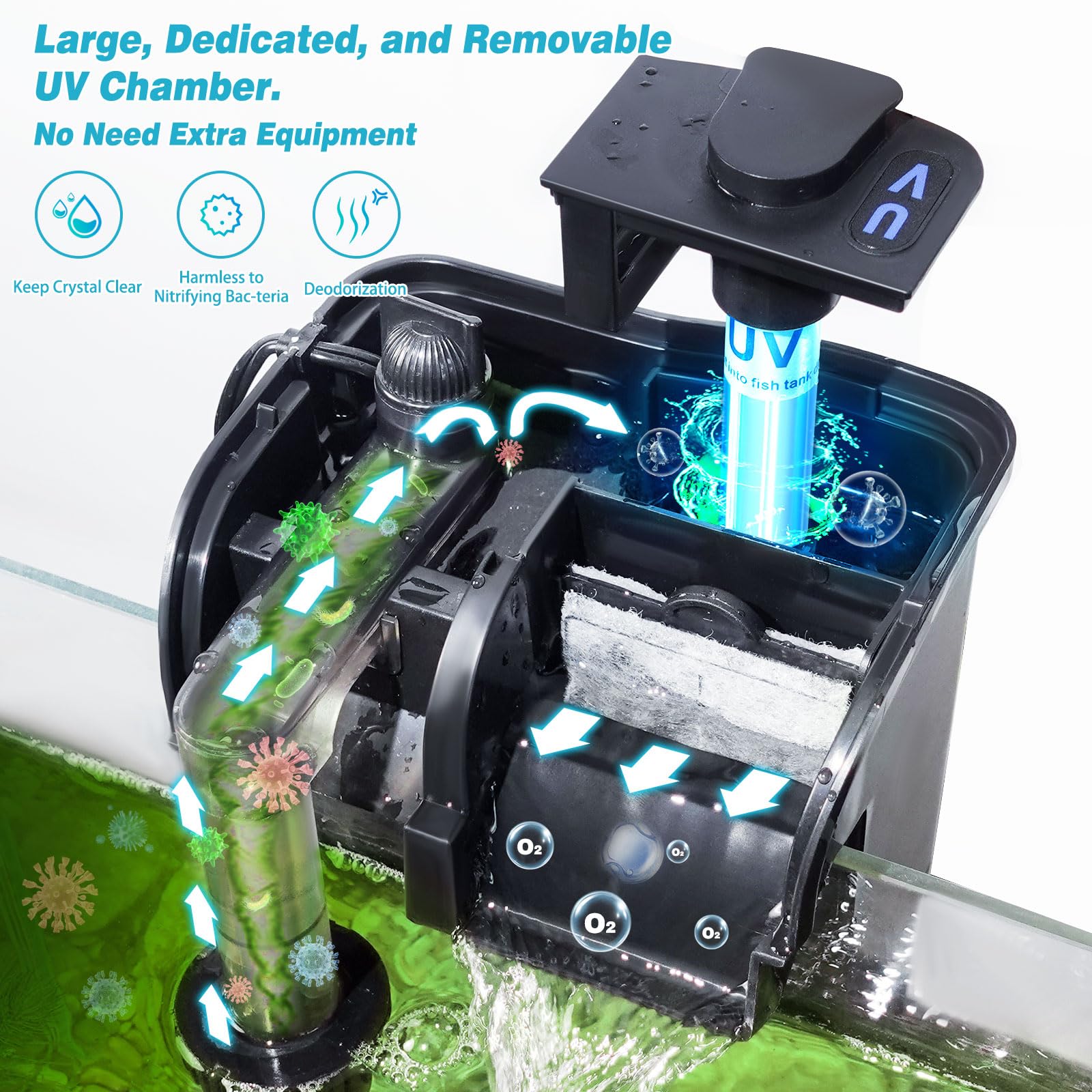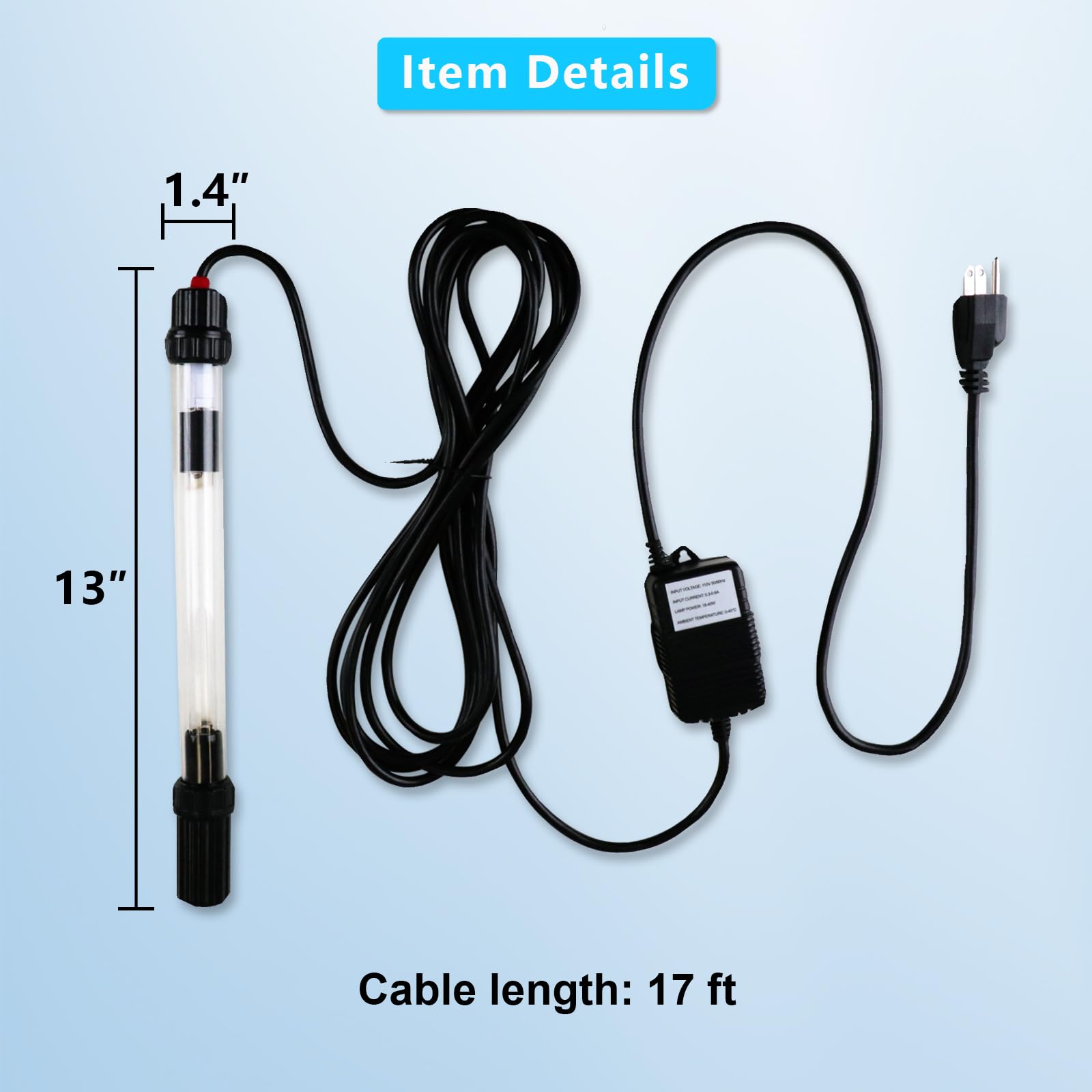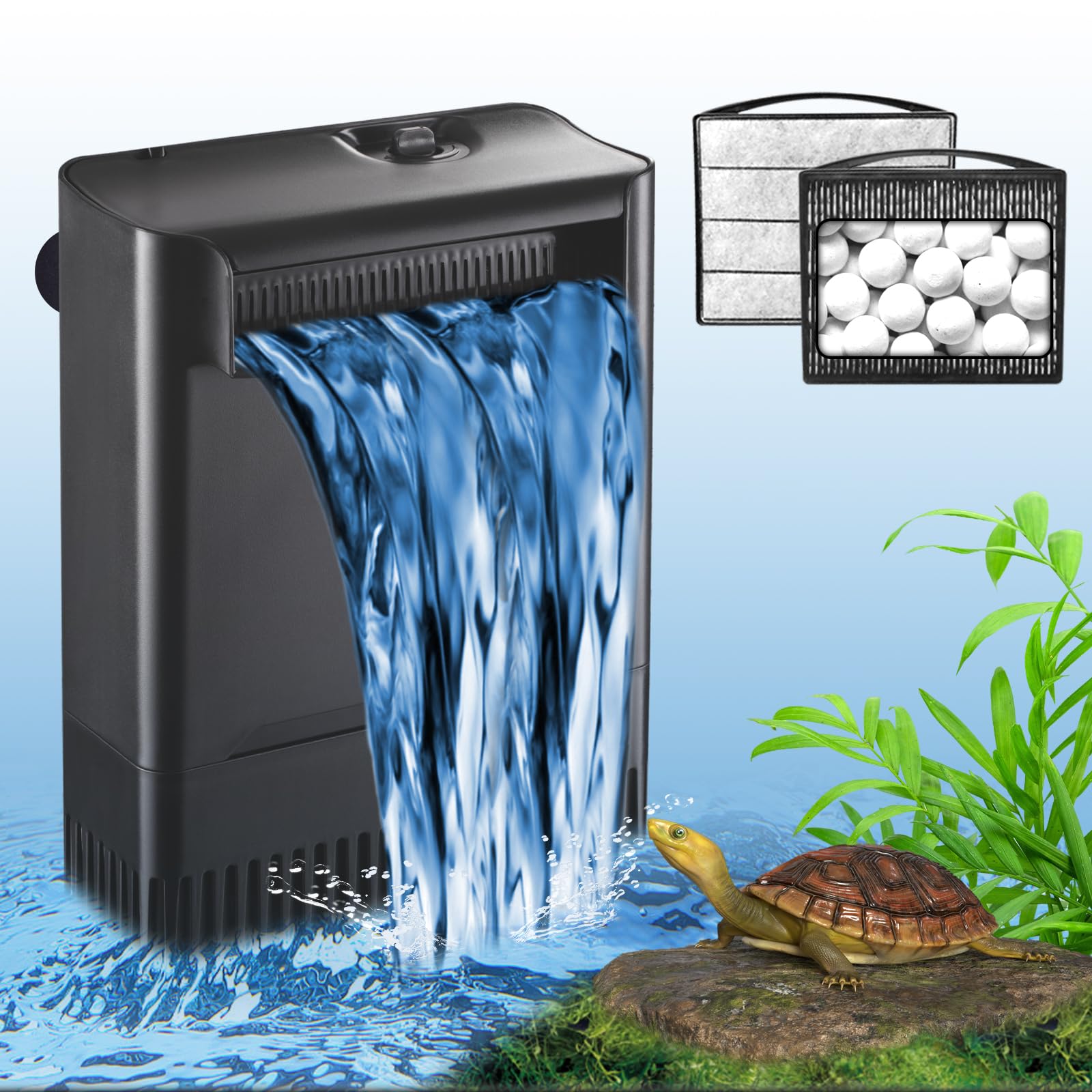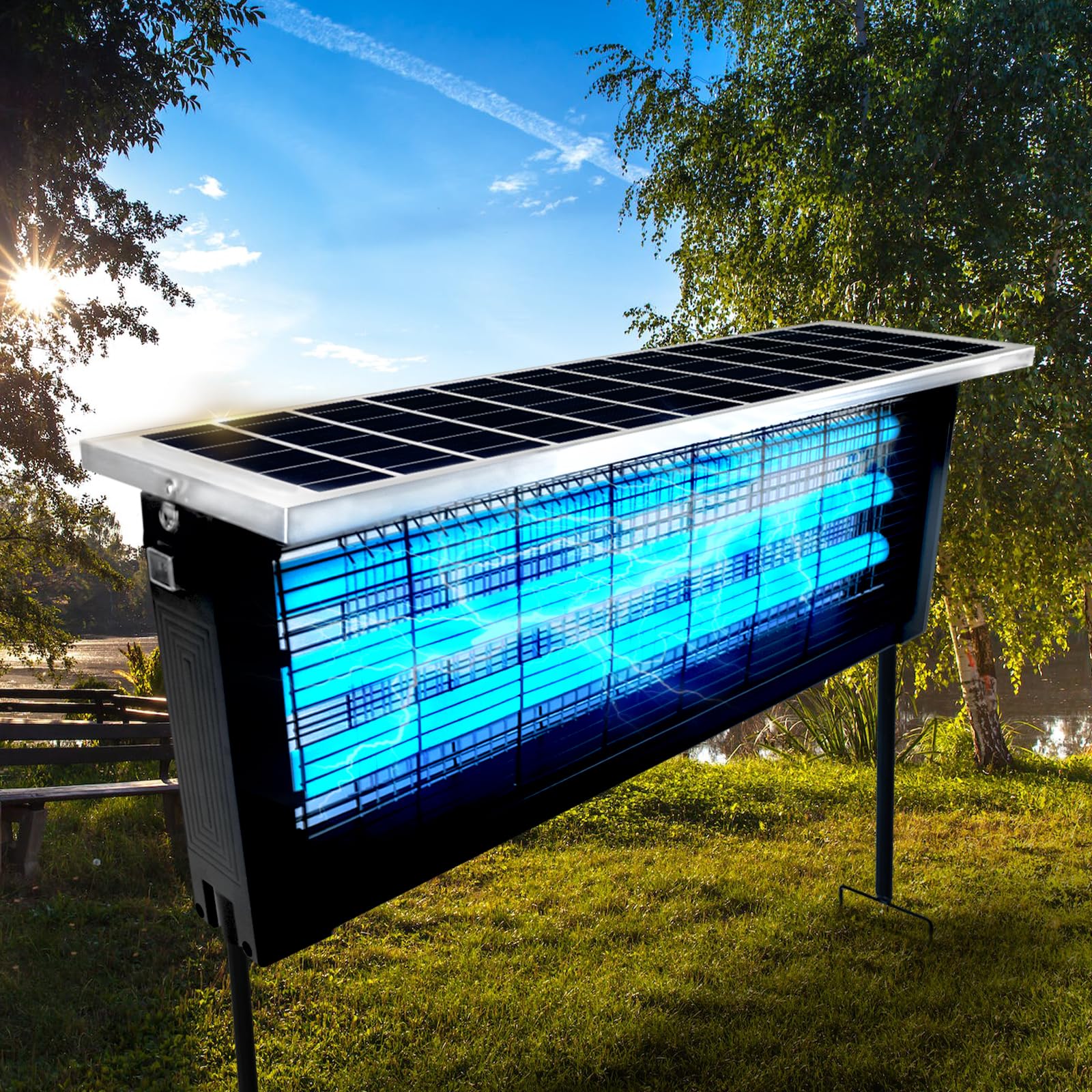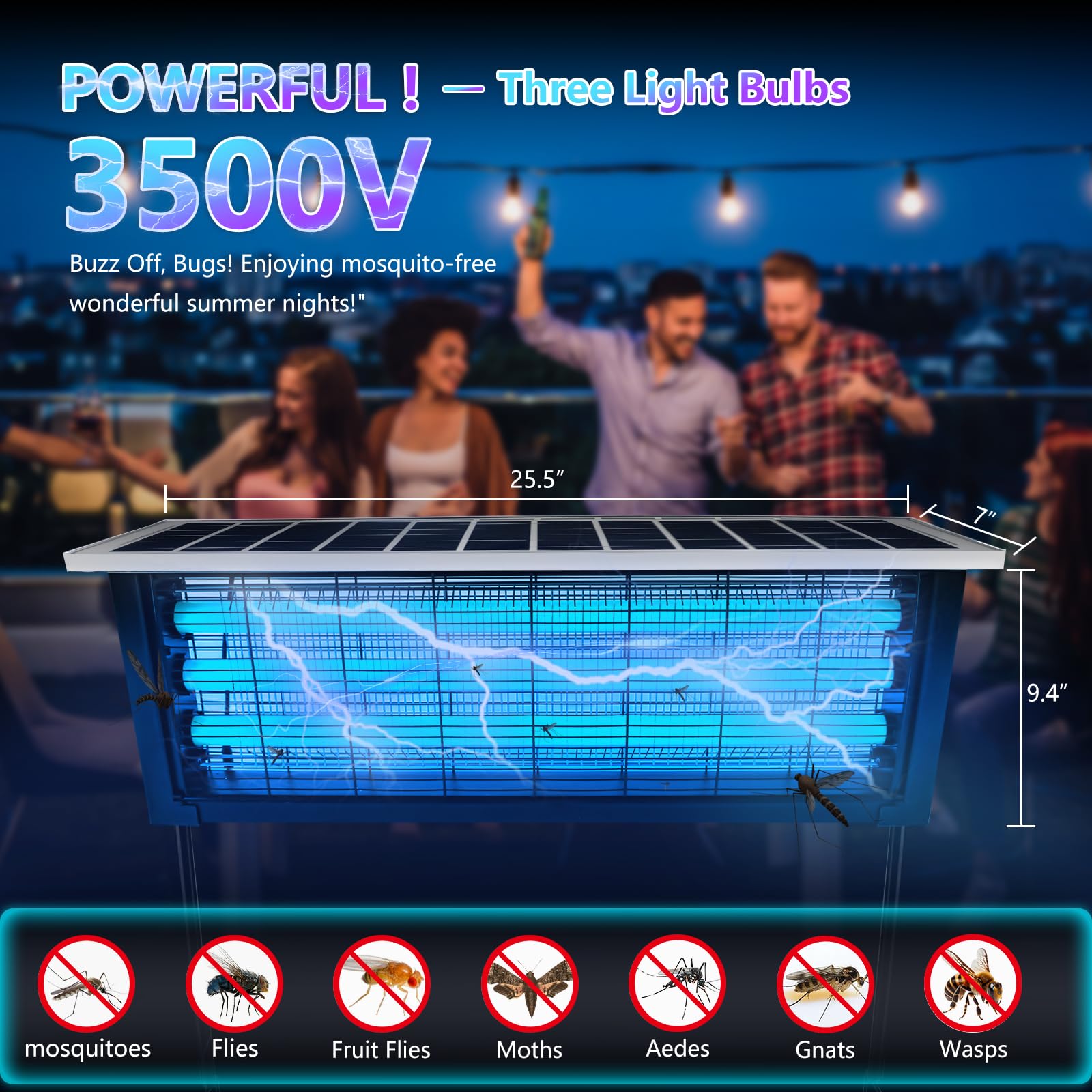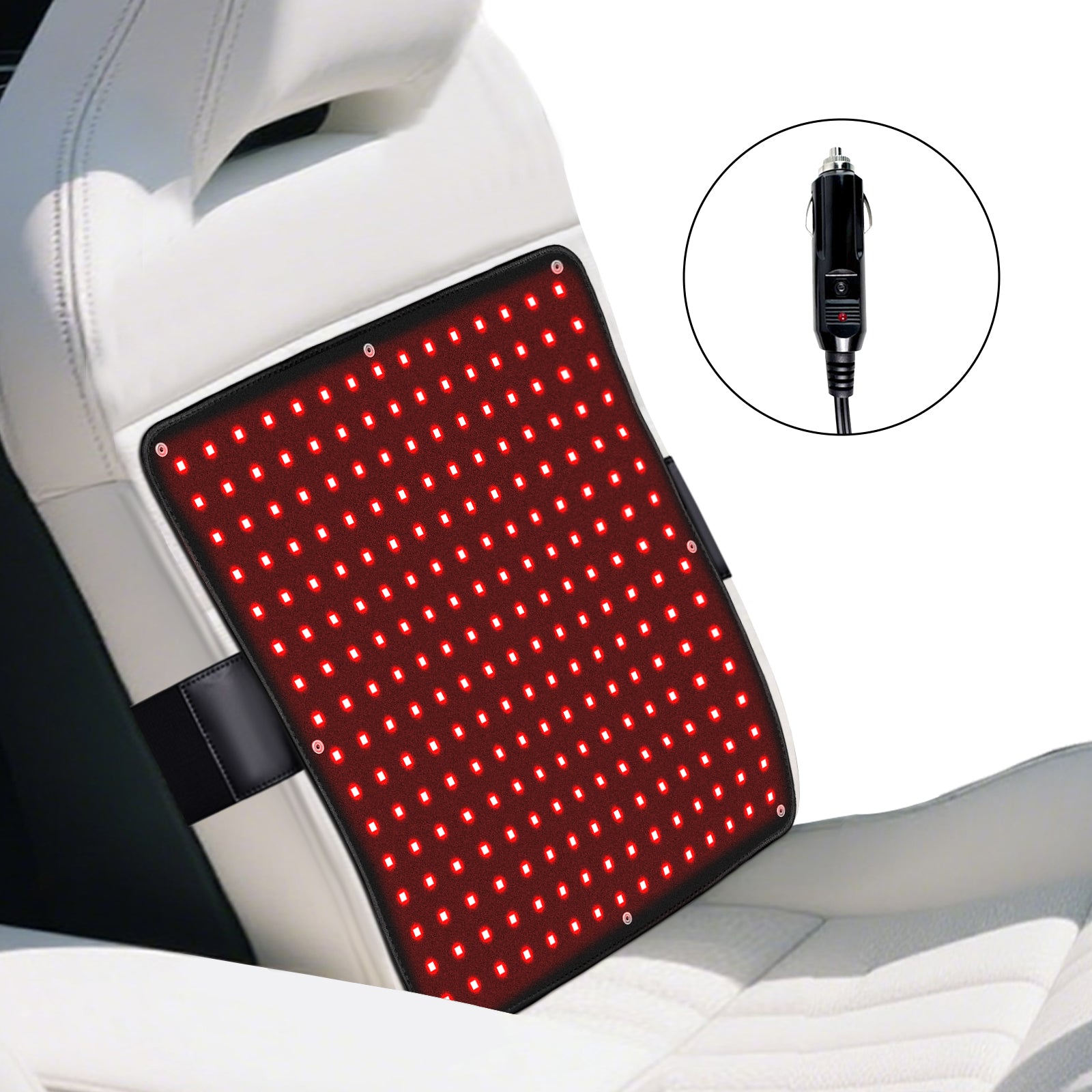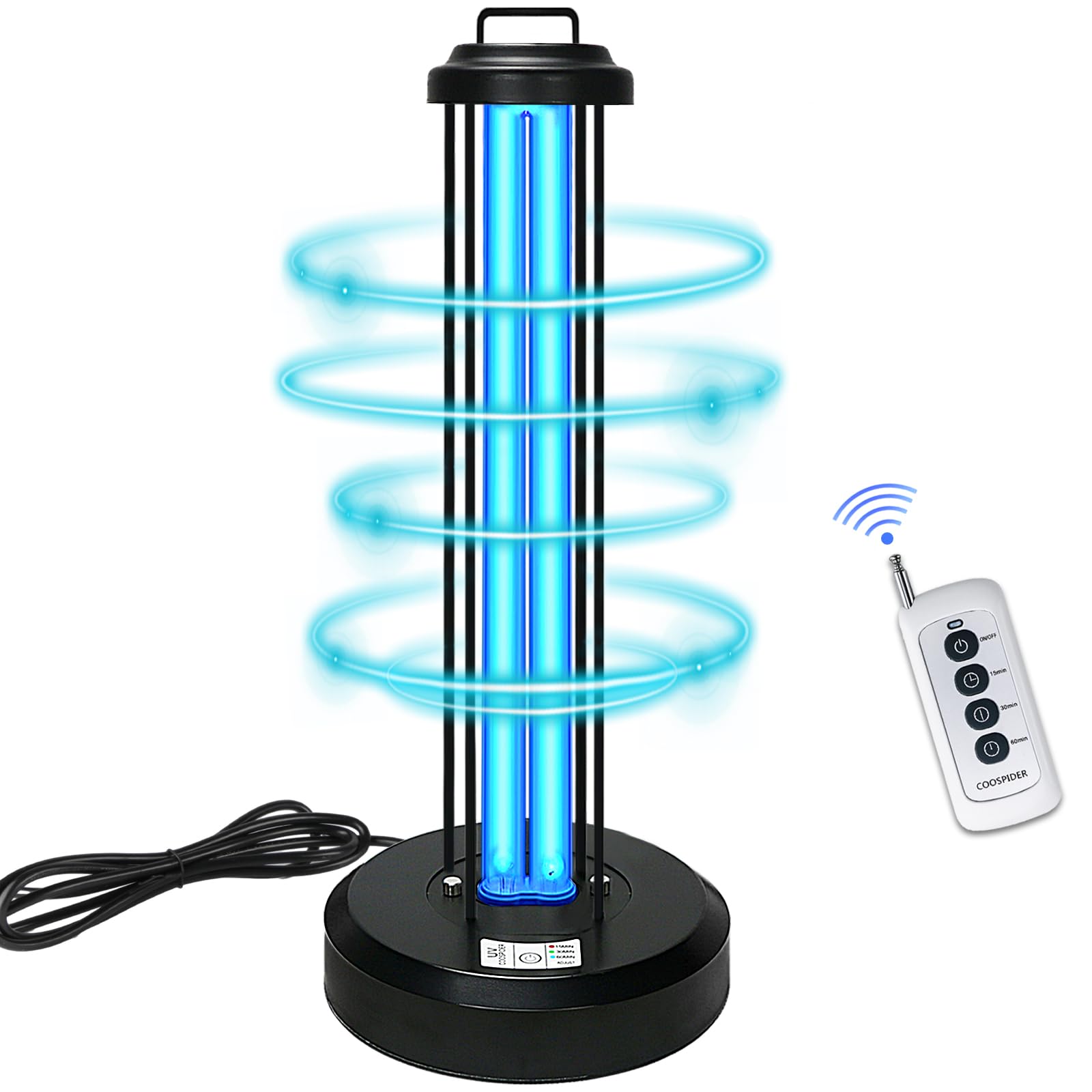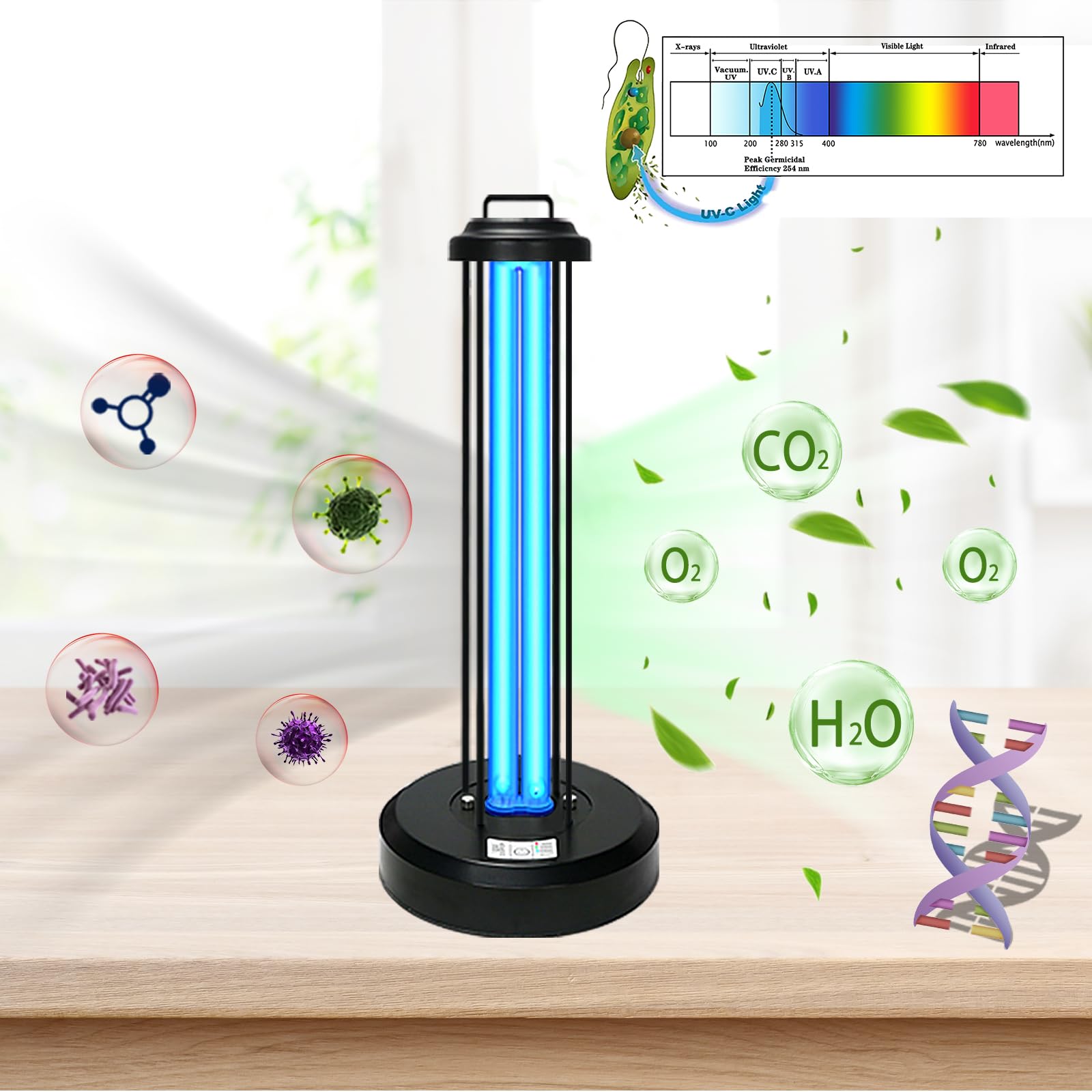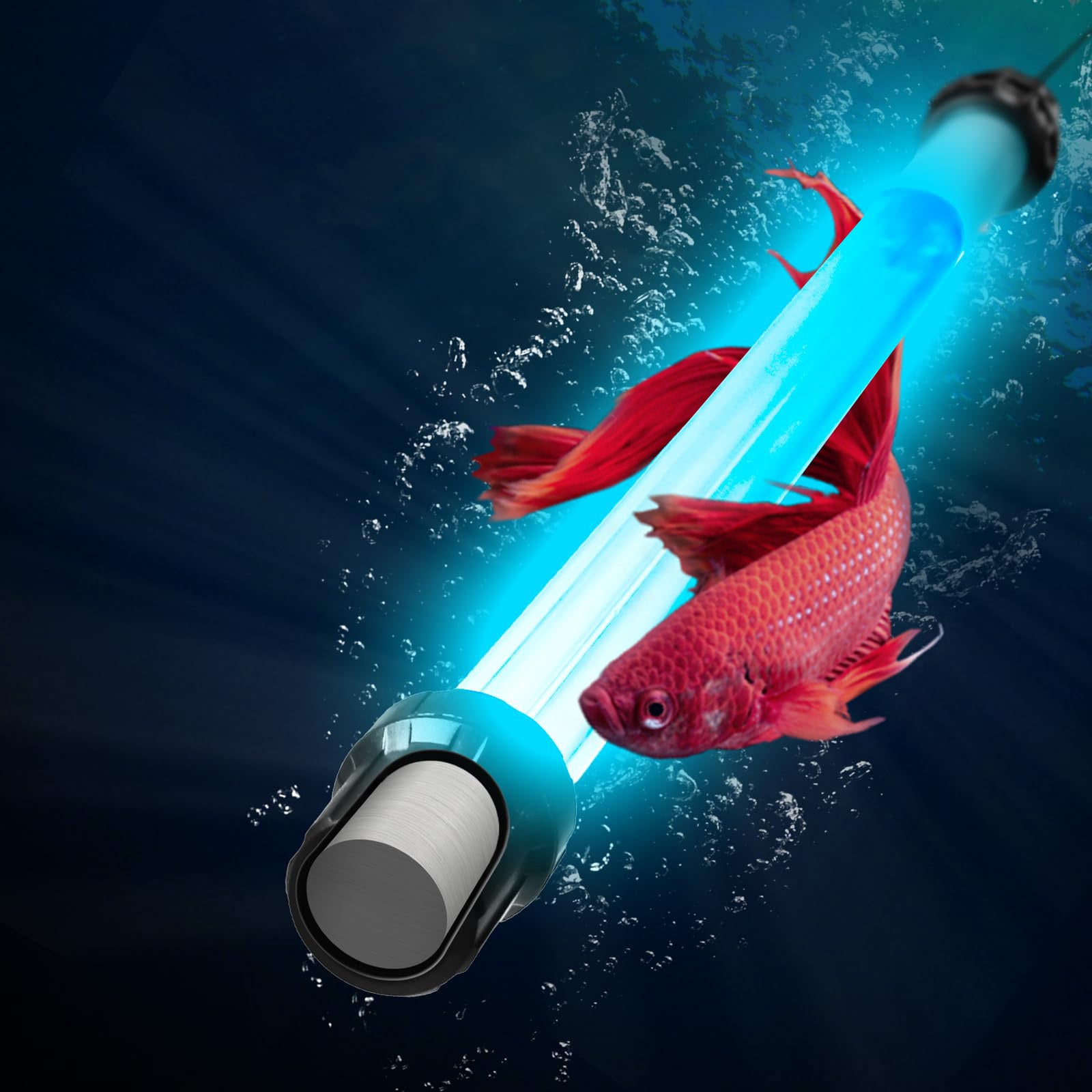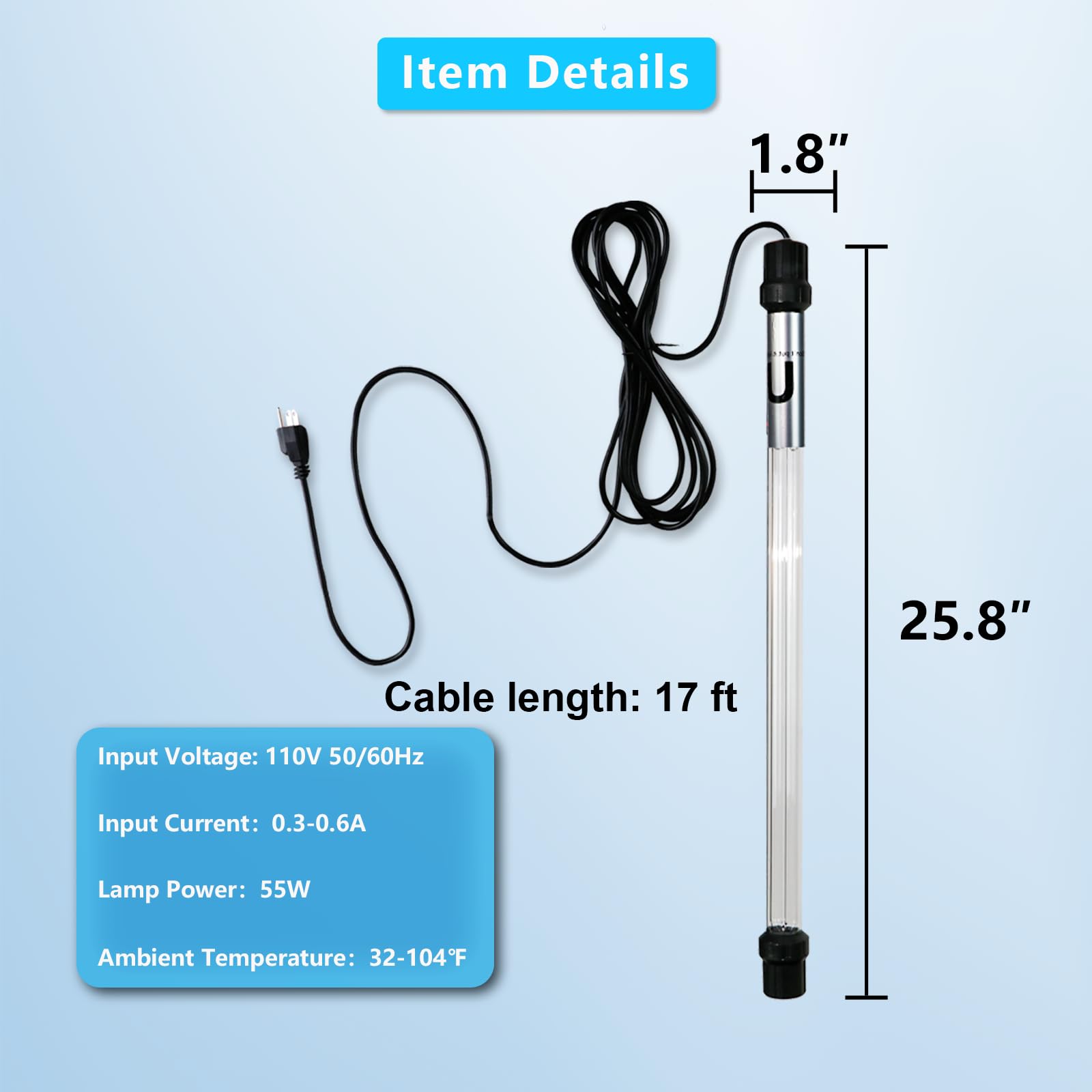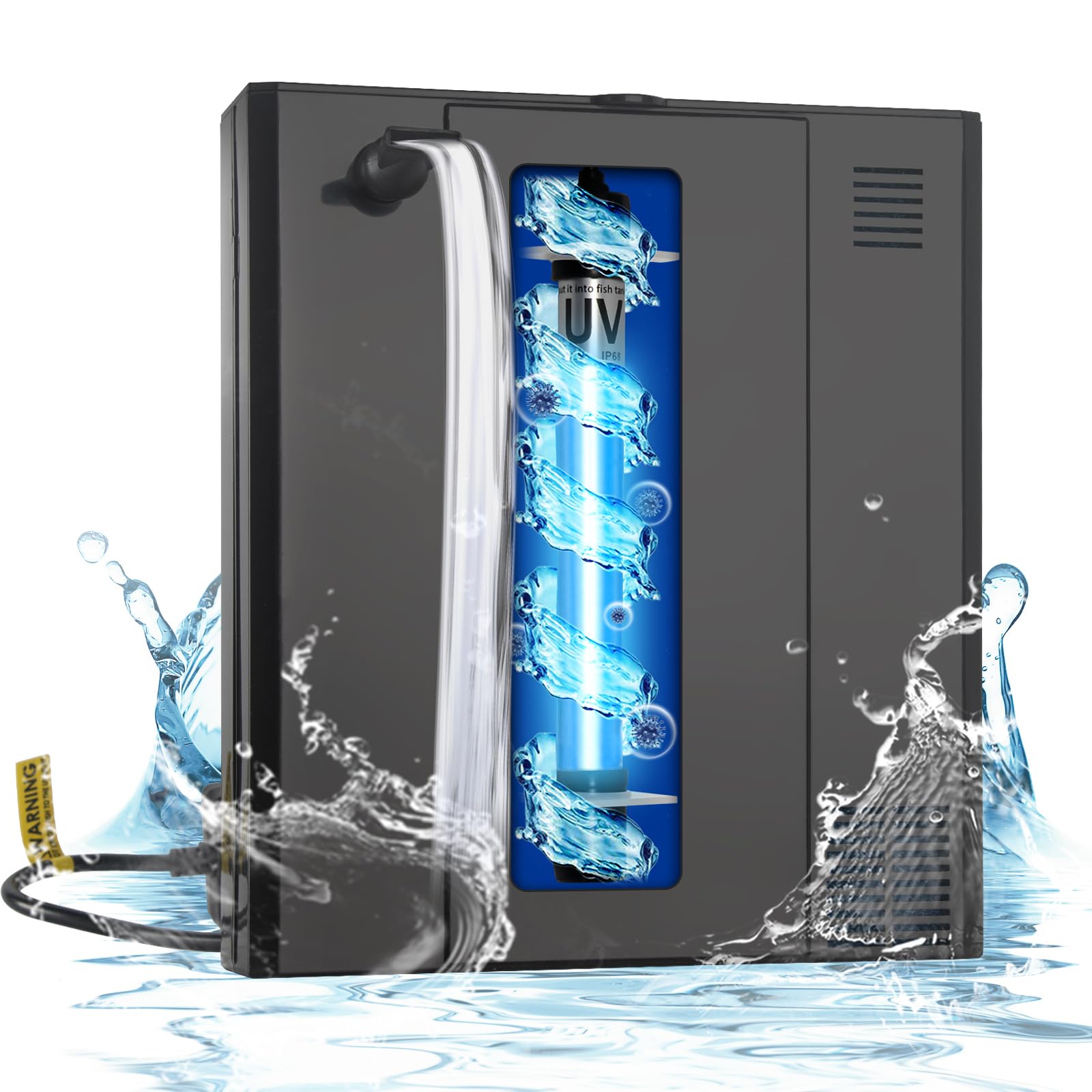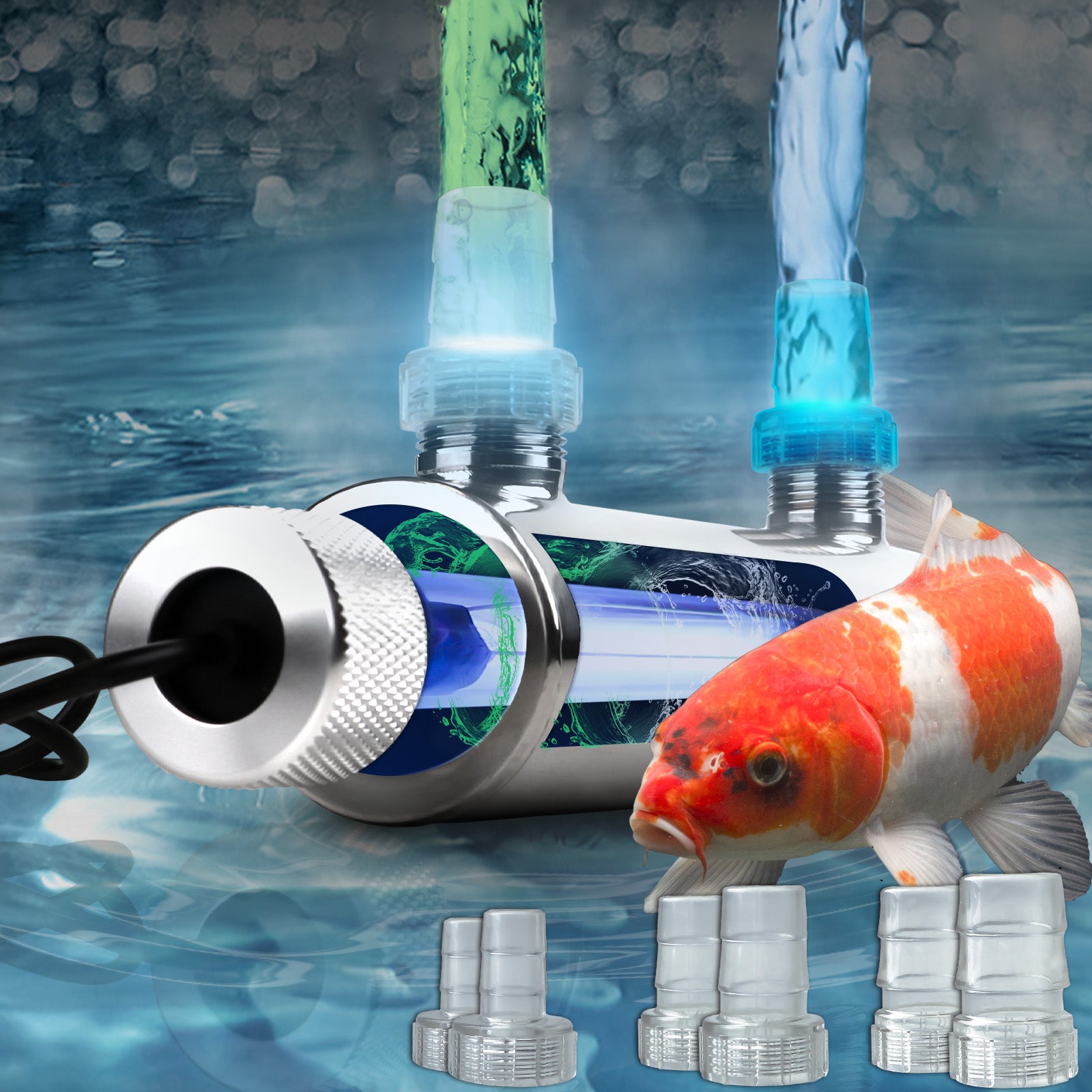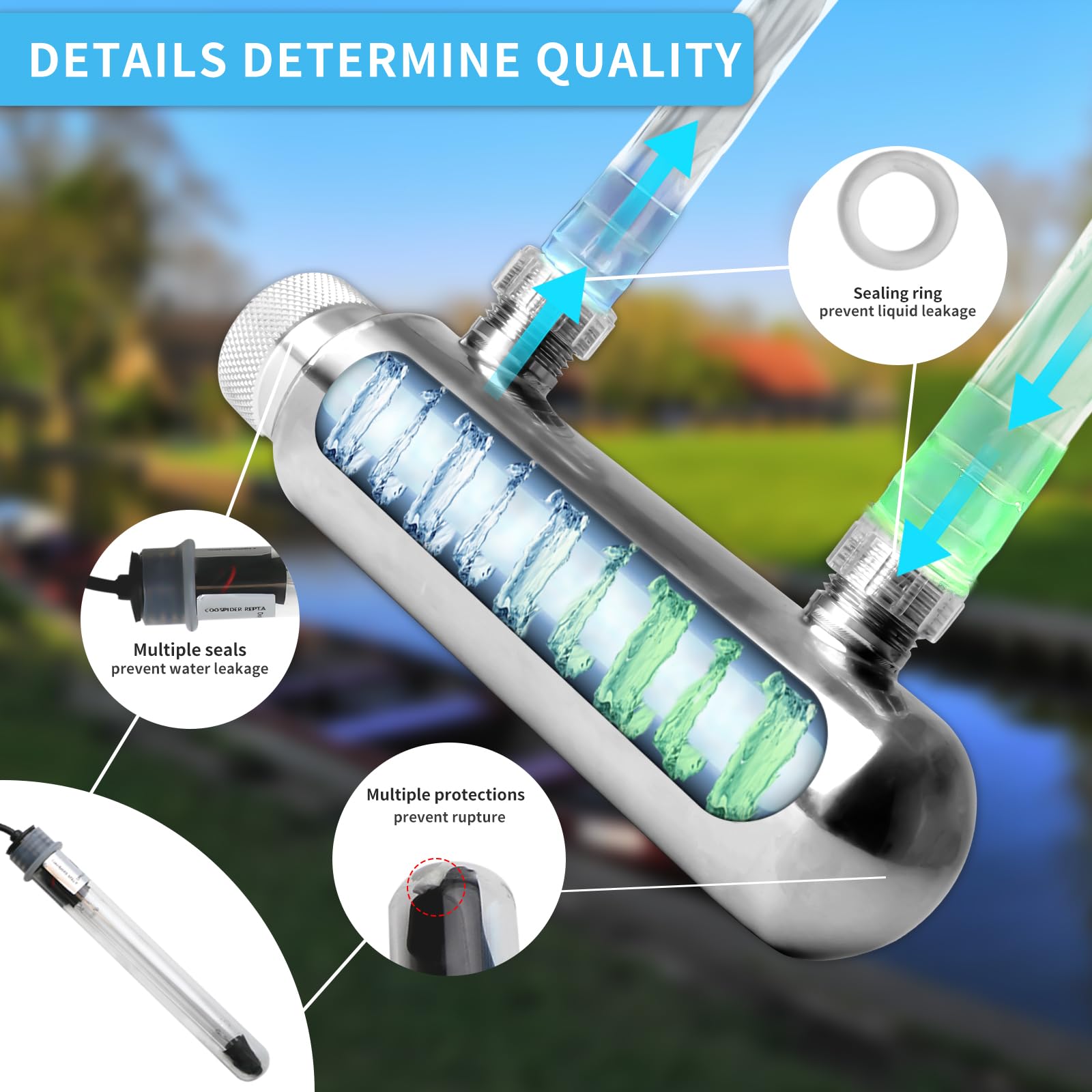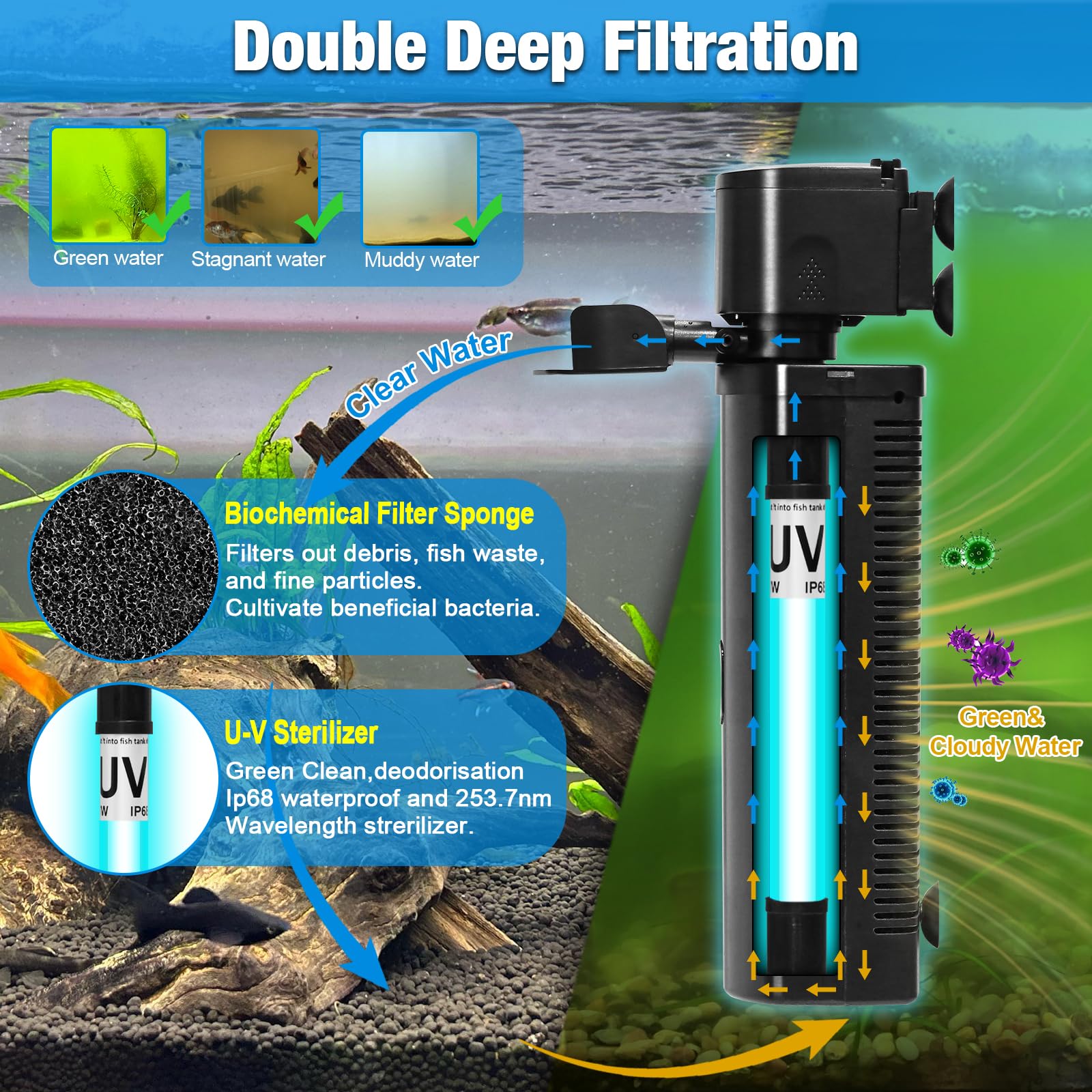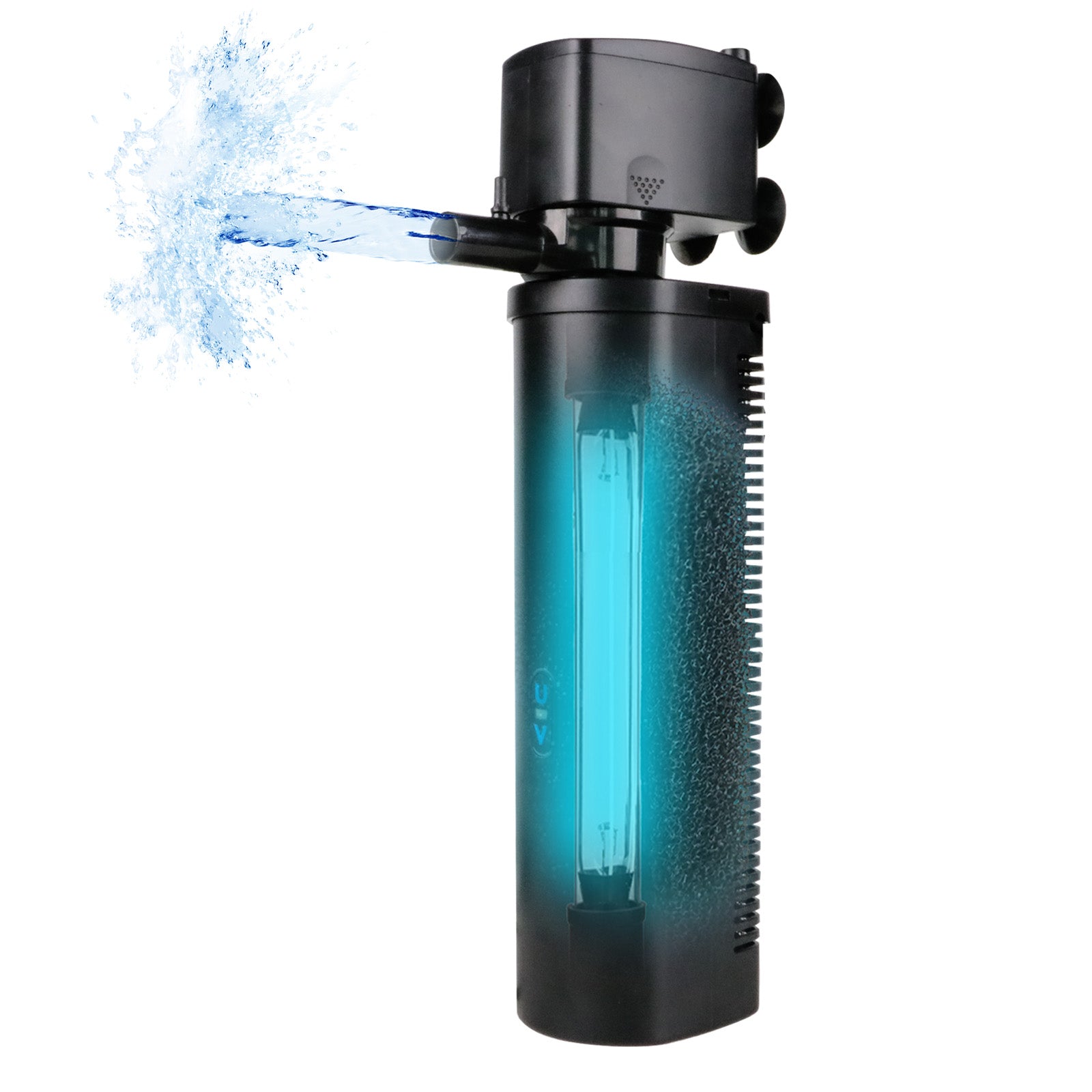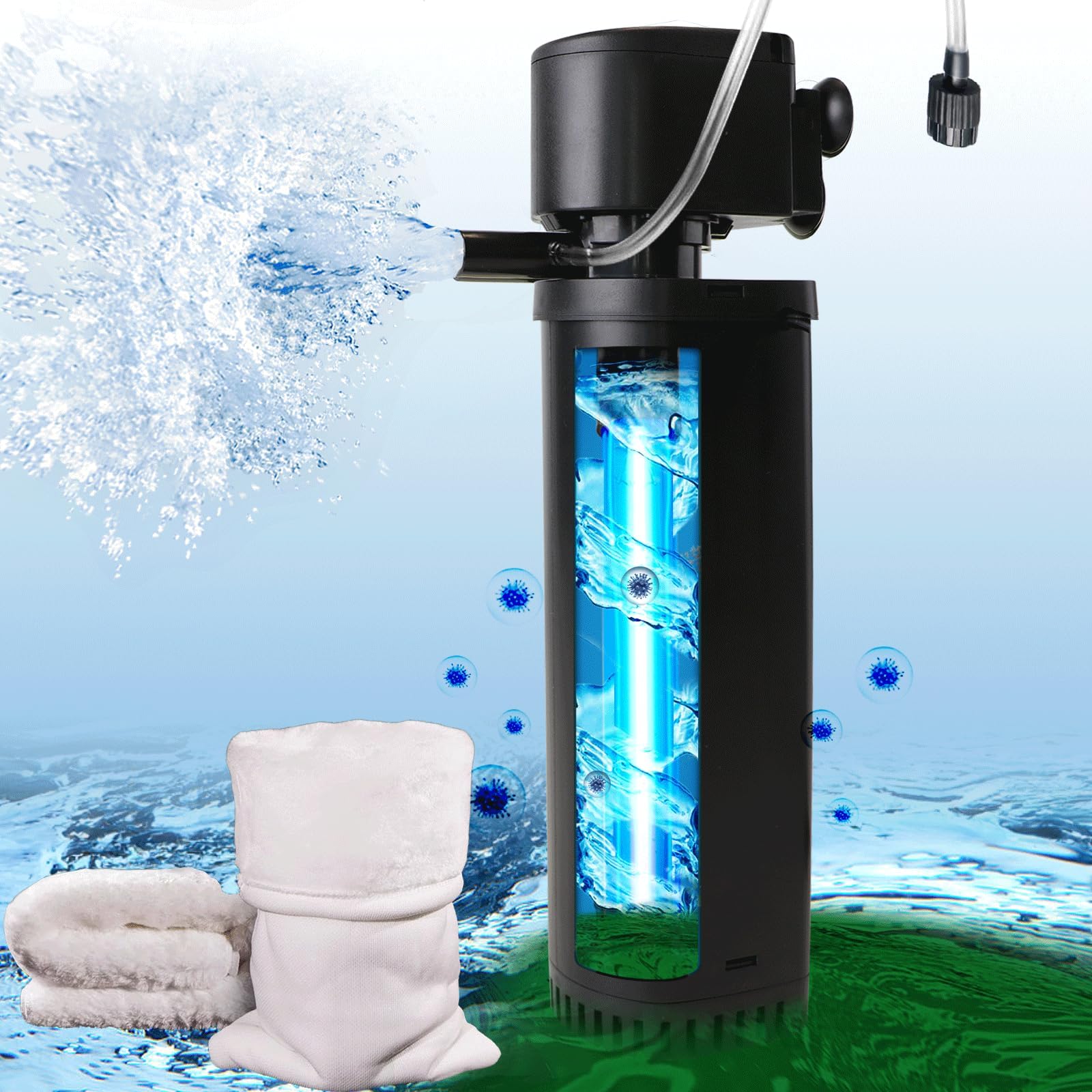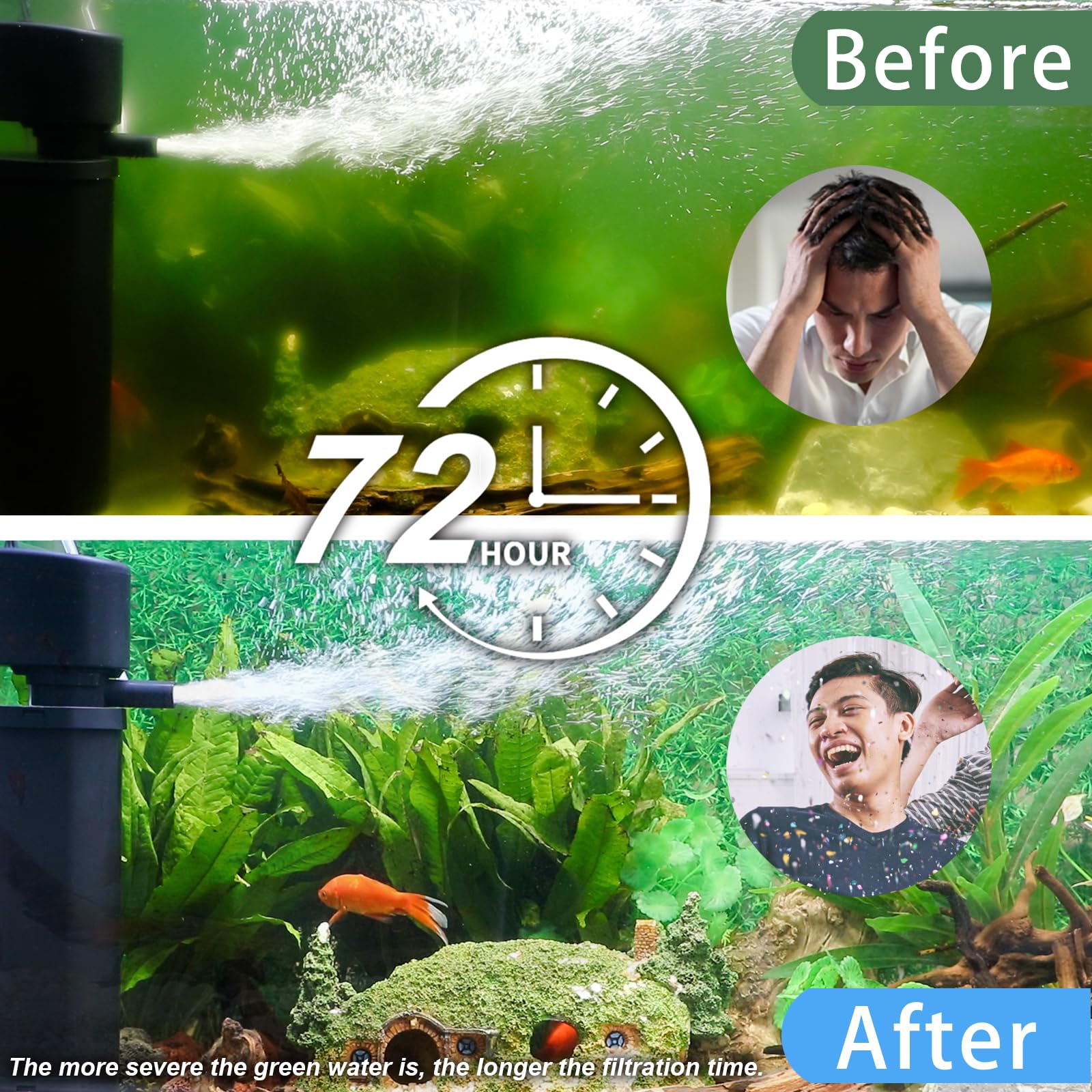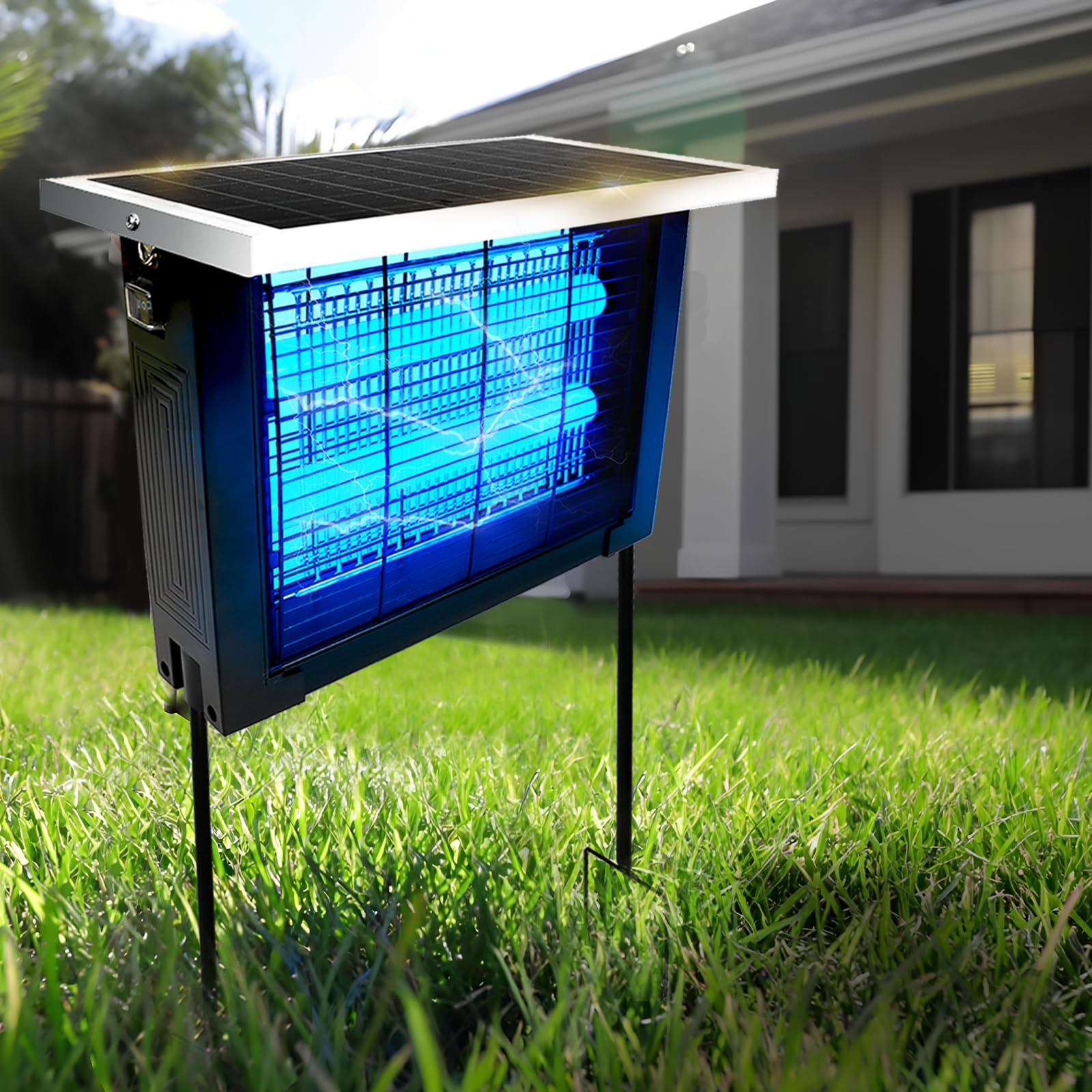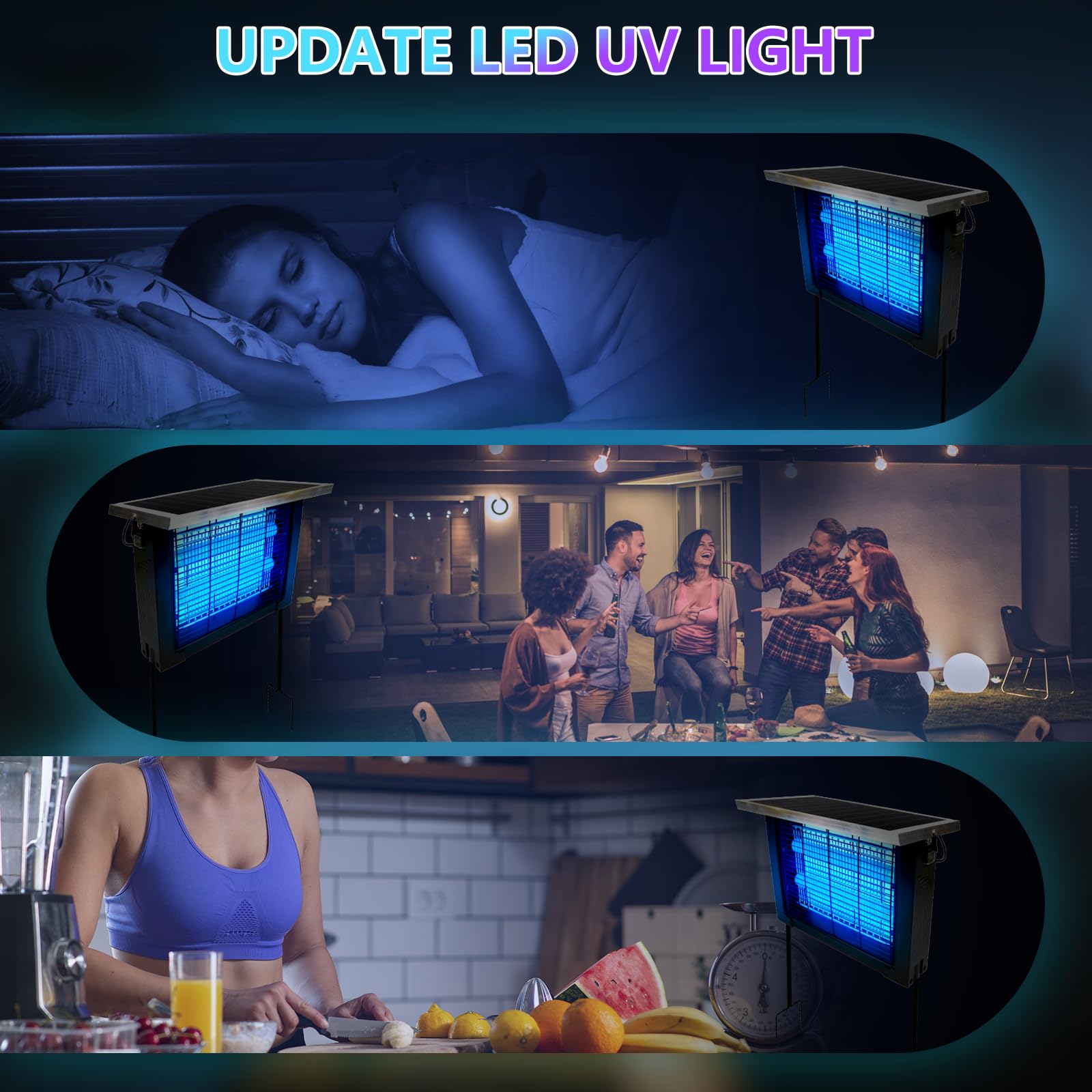When you think of lighting, you probably imagine bright office panels, cozy home lamps, or the flicker of city streets at night. But in certain environments — oil refineries, chemical plants, coal mines, or gas stations — lighting isn’t just about brightness. It’s about survival.
In these high-risk locations, a single spark can mean catastrophe. That’s where explosion-proof lighting comes in — a specialized type of illumination engineered to prevent sparks, withstand harsh conditions, and keep both people and property safe.
This article will take you deep into the world of explosion-proof lights — what they are, how they work, where they’re used, and why they’re critical to modern industrial safety. Whether you’re an engineer, a facility manager, or simply curious about advanced lighting technology, this guide will illuminate the subject — safely, of course.
1. What Exactly Are Explosion-Proof Lights?
Despite the dramatic name, “explosion-proof” lights aren’t designed to survive a full-blown explosion. Instead, they are engineered to prevent an explosion from happening in the first place.
In hazardous locations, flammable gases, vapors, or dust can mix with air and create an explosive atmosphere. Even a tiny electrical spark from a traditional light fixture could ignite this mixture.
An explosion-proof light prevents that ignition by:
-
Containing any internal sparks or flames within the fixture housing.
-
Sealing the enclosure tightly, so gases or dust cannot enter.
-
Dissipating heat efficiently, to avoid exceeding ignition temperatures.
The key principle: if an explosion starts inside the light, the fixture’s rugged housing can contain it — preventing it from spreading into the external environment.
2. The Science Behind Explosion-Proof Design
Explosion-proof lights are built like small fortresses. Every component, from the glass lens to the wire connections, follows strict safety standards. Let’s break down how this design works.
a. Heavy-Duty Enclosures
The most defining feature is the reinforced metal housing, typically made from aluminum or stainless steel. This housing can withstand pressure from internal explosions without cracking or deforming.
b. Flame Paths and Threaded Joints
Fixtures often use precision-threaded joints or flame paths that cool and extinguish escaping gases before they can ignite the external atmosphere.
c. Tempered Glass Lenses
The lens — often made of tempered or borosilicate glass — is designed to resist impact and thermal shock, crucial for withstanding sudden pressure changes.
d. Cable Glands and Seals
Special cable glands prevent gas leakage along the wiring, maintaining the integrity of the enclosure.
e. Certification Standards
Explosion-proof lights must comply with global safety standards such as:
-
ATEX (Europe)
-
IECEx (International)
-
UL844 and CSA (North America)
These certifications confirm that a light can operate safely in classified hazardous zones.
3. Hazardous Area Classifications: Where Explosion-Proof Lights Are Needed
Not every factory or warehouse needs explosion-proof lighting. These fixtures are reserved for areas where ignitable materials are present. Regulatory bodies classify such locations based on the type and frequency of the hazard.
a. Class I (Gases and Vapors)
Locations with flammable gases or vapors — such as oil refineries, chemical plants, and fuel storage tanks.
Example: A refinery pump room filled with hydrocarbon fumes.
b. Class II (Dust)
Areas where combustible dust is present — like flour mills, grain silos, or woodworking facilities.
Example: A sugar processing plant where fine particles can form an explosive dust cloud.
c. Class III (Fibers and Flyings)
Spaces with easily ignitable fibers, like textile mills or paper manufacturing plants.
Example: Cotton processing rooms where loose fibers accumulate in the air.
Each class is further divided into Divisions or Zones, indicating how often the hazardous material is present — continuously, occasionally, or only in emergencies.
4. Explosion-Proof Lighting Technologies: LEDs Take the Lead
While explosion-proof fixtures used to rely on incandescent or fluorescent bulbs, LED technology has revolutionized the field.
a. Why LEDs Dominate
-
Low Heat Emission: LEDs produce less heat, reducing ignition risk.
-
Energy Efficiency: Up to 80% less energy consumption than traditional lamps.
-
Long Lifespan: 50,000+ hours of use means fewer replacements in dangerous areas.
-
Durability: LEDs are resistant to vibration and shock.
-
Instant-On Capability: No warm-up time, even in cold environments.
b. Other Technologies Still in Use
In some industries, HID (High-Intensity Discharge) or fluorescent explosion-proof lights are still used, particularly in large outdoor areas or where legacy systems exist. However, LEDs are rapidly becoming the standard for safety, efficiency, and compliance.
5. Key Advantages of Explosion-Proof Lighting
Beyond preventing catastrophic explosions, these lights bring a range of benefits that make them essential for industrial environments.
1. Enhanced Safety
The core benefit — no sparks, no ignition, no accidents.
Explosion-proof lights safeguard lives and expensive infrastructure.
2. Extreme Durability
Built from heavy-duty materials, these lights resist corrosion, water ingress, vibration, and impact. They thrive where regular lights fail.
3. Low Maintenance
Thanks to LED technology and rugged construction, maintenance intervals are long. This reduces downtime and maintenance costs.
4. Energy Efficiency
Modern explosion-proof LEDs can reduce electricity use by half, a major advantage for facilities with 24/7 lighting needs.
5. Compliance and Insurance Benefits
Facilities that use certified explosion-proof lighting are more likely to meet safety audits, regulatory inspections, and insurance requirements.
6. Applications: Where Explosion-Proof Lights Are a Must
Explosion-proof lighting isn’t just for oil rigs. It’s essential across a broad range of industries:
a. Oil and Gas Industry
From offshore drilling platforms to onshore refineries, explosion-proof lighting ensures safe operations in environments saturated with hydrocarbons.
b. Chemical Manufacturing
Chemical plants handle volatile solvents, gases, and powders — all requiring sealed, spark-proof illumination systems.
c. Mining Operations
Coal dust and methane gas pose severe explosion risks underground. Explosion-proof LED systems improve visibility and reduce hazard potential.
d. Pharmaceuticals
Some production areas use volatile solvents in manufacturing. Explosion-proof cleanroom lighting ensures both safety and hygiene.
e. Food and Grain Processing
Fine dust particles from flour, sugar, or grain can combust easily. Explosion-proof lighting prevents dust ignition in mills and silos.
f. Paint Shops and Auto Manufacturing
Paint vapors and solvents are highly flammable. Explosion-proof fixtures make these environments safer for workers.
g. Waste Treatment Plants
Methane and hydrogen sulfide gases are common in sewage and waste processing. Specialized lighting prevents accidental ignition.
7. Design Considerations for Choosing Explosion-Proof Lights
Selecting the right explosion-proof light involves more than just picking a “certified” product. Each facility has unique needs.
a. Understand the Hazard Classification
Identify whether your environment falls under Class I, II, or III, and what Zone or Division applies.
b. Choose Proper Mounting Styles
Explosion-proof lights come in various forms:
-
Pendant-mounted for high ceilings.
-
Wall-mounted for focused illumination.
-
Ceiling-mounted for general lighting.
-
Portable or hand lamps for maintenance work.
c. Check Material and Corrosion Resistance
Outdoor or marine environments may require stainless steel or epoxy-coated aluminum to resist corrosion.
d. Consider Light Output and Color Temperature
LED fixtures can provide daylight-like illumination (4000–5000K), improving visibility and accuracy in hazardous tasks.
e. Verify Certification Marks
Always look for UL, ATEX, IECEx, or CSA labels to ensure the product meets international safety standards.
8. Common Myths About Explosion-Proof Lighting
Myth 1: They Can Survive Any Explosion
Not exactly. They’re designed to contain internal explosions, not withstand external blasts.
Myth 2: They’re the Same as “Flameproof”
“Flameproof” and “explosion-proof” are similar but defined differently under international standards. Always check the certification applicable to your region.
Myth 3: Any LED Light Can Be Explosion-Proof
False. Even LEDs must be specially engineered, tested, and certified for hazardous locations.
Myth 4: Explosion-Proof Means Waterproof
While many are sealed, waterproofing and explosion-proofing are separate properties. Not all explosion-proof lights are suitable for wet environments unless specified.
9. Maintenance and Inspection: Keeping Lights Safe Over Time
Even the most durable explosion-proof lights require periodic inspection to ensure continued safety.
a. Visual Inspections
Check for cracks, loose fittings, or corrosion that could compromise the enclosure.
b. Cleaning
Dust or oil buildup can trap heat. Regular cleaning helps maintain thermal performance.
c. Replacement and Repair
Always replace damaged components with manufacturer-approved parts to maintain certification compliance.
d. Recordkeeping
Document inspections and maintenance to comply with OSHA and NFPA standards.
10. The Future of Explosion-Proof Lighting: Smarter and Safer
The next generation of explosion-proof lights is merging smart technology with industrial safety.
a. IoT Integration
Smart sensors monitor temperature, humidity, and fixture health, sending alerts before a failure occurs.
b. Wireless Control Systems
Wireless dimming and scheduling reduce manual intervention in hazardous zones.
c. Sustainability
More energy-efficient LEDs and recyclable materials are making industrial safety lighting greener.
d. Modular Design
Future fixtures will feature modular components for easier upgrades and maintenance without full replacements.
Conclusion: Light That Protects Life
Explosion-proof lighting may not be glamorous, but it’s among the most critical technologies safeguarding modern industry. It ensures that workers can see clearly, operate efficiently, and — most importantly — go home safely every day.
From oil rigs to chemical labs, from grain silos to wastewater plants, these rugged fixtures are silent guardians against invisible threats. Choosing the right explosion-proof lighting isn’t just a technical decision — it’s a commitment to safety, reliability, and human life.


